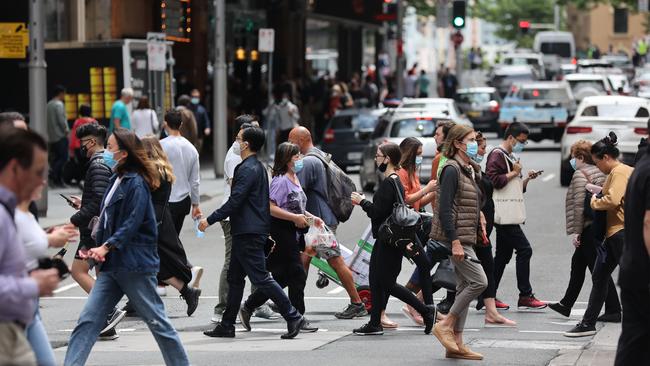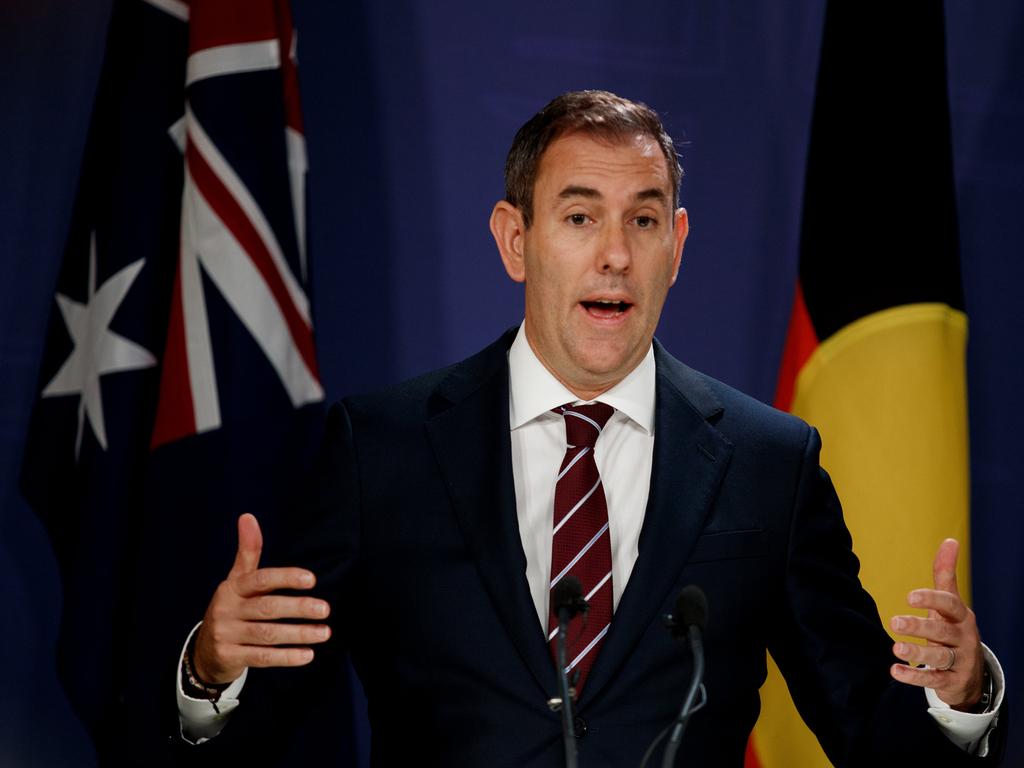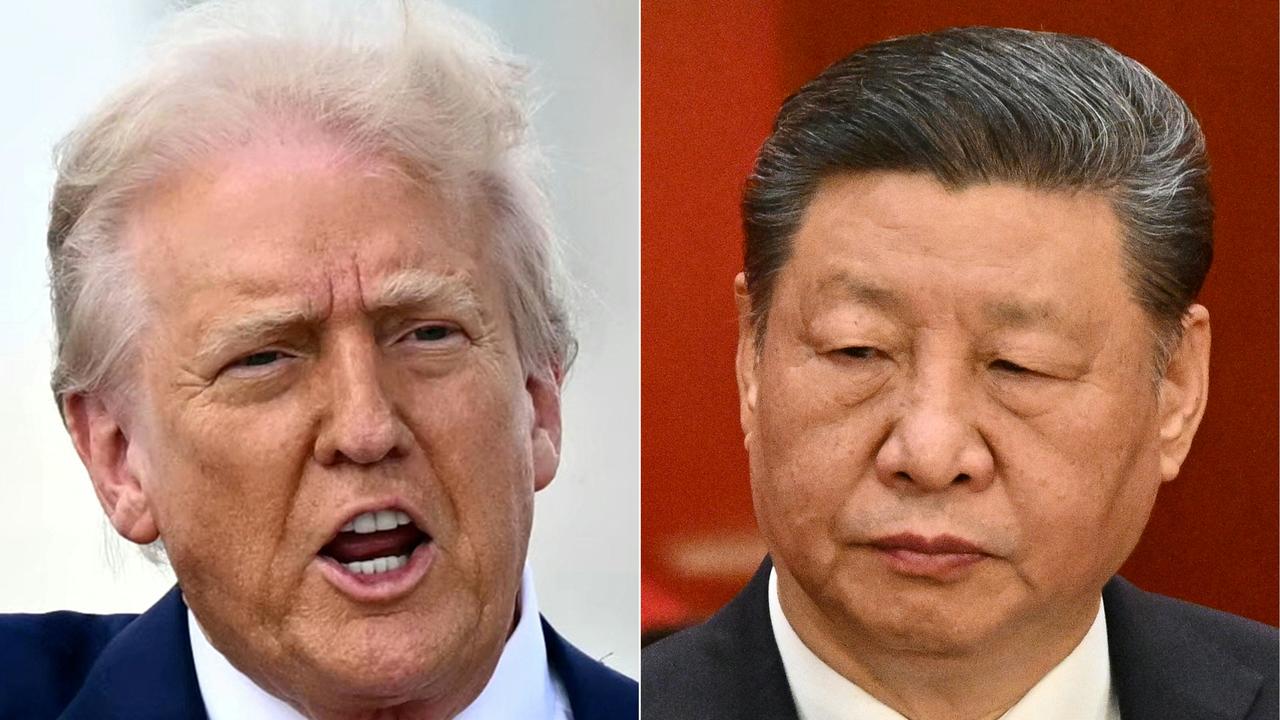There is Buckley’s chance Anthony Albanese will meet any of his migration targets at this rate


More than 80 per cent of the growth in the population is from net overseas migration – the difference between long-term arrivals and long-term departures.
The government had claimed that NOM for 2023-24 would come in at 395,000, having revised this figure up from 375,000.
The recorded figure has come in at 446,000 – a case of missed by this much.
Given we are nearly six months into this financial year, there is Buckley’s chance that the government’s NOM target of 260,000 for this financial year will be met either.
The only conclusion to draw is that the bureaucrats don’t really know what they are doing when it comes to forecasting either long-term arrivals or long-term departures.
They should be capable of doing much better, given they have access to real-time data from the Department of Home Affairs.
The latest excuse for the unacceptably high NOM figure is to lay the blame on a low rate of departures.
The argument is that we are controlling the inflows, but temporary migrants are hanging around longer than we expected.
They are seeking other visas, claiming asylum, taking visa refusals to the Administrative Review Tribunal.
While there is an element of truth to this – the number of graduate visas awarded to international students is at close to a record high – it is not the whole truth.
In the year ending June 2024, arrivals decreased by nearly 10 per cent and departures increased by 8.5 per cent from the previous year.
The reality is that the government has been simply unwilling to act decisively to curb the number of temporary migrants, including international students, entering the country or to change regulations to ensure temporary migrants leave the country when their visas expire.
To be sure, the Labor government has made several minor tweaks, but they have been insufficient to get the NOM anywhere near the average of the past two decades of 230,000.
It’s not entirely clear that it would have been very different had the Coalition been in office.
The Leader of the Opposition is now backtracking on his commitment to reduce the NOM to 160,000, making the excuse that it will depend in the economic conditions at the time.
Reducing the permanent intake to 140,000 – it is currently 190,000 – doesn’t make much difference because most of those granted permanent residence are already in the country.
Recall also the Coalition voted against the plan to cap international student numbers. The precise plan may have been deficient but at least it was a start.
The conclusion to draw is that Labor and the Coalition are on a joint ticket to promote a big Australia, beholden to the various interest groups that seek to maximise the migrant intake – think here property interests, educational institutions, migration agents, big business and the like.
Lobbying and financial support tend to have this effect.
This is one of the areas where there is a major disparity between “elite” opinion and the views of ordinary voters.
Survey after survey points to a strong, widespread preference for much lower migrant intakes, but this is routinely ignored. Don’t expect this to change anytime soon.





The rate of growth of Australia’s population has slowed slightly but is still one of the highest of all advanced economies at more than 2 per cent a year.